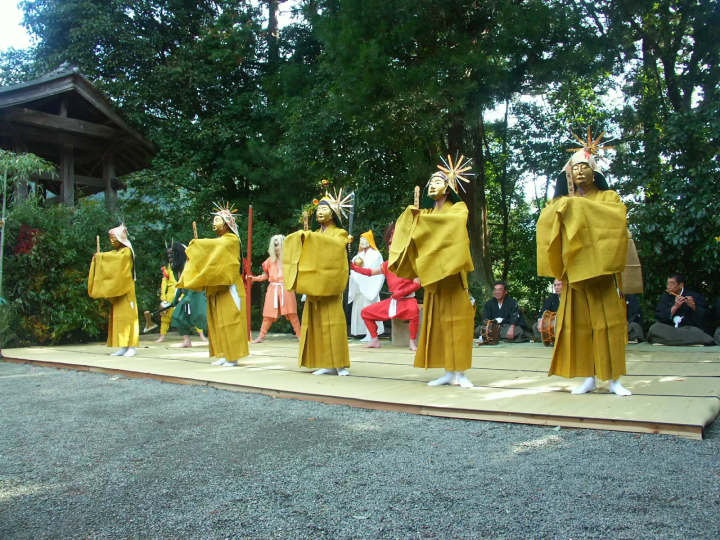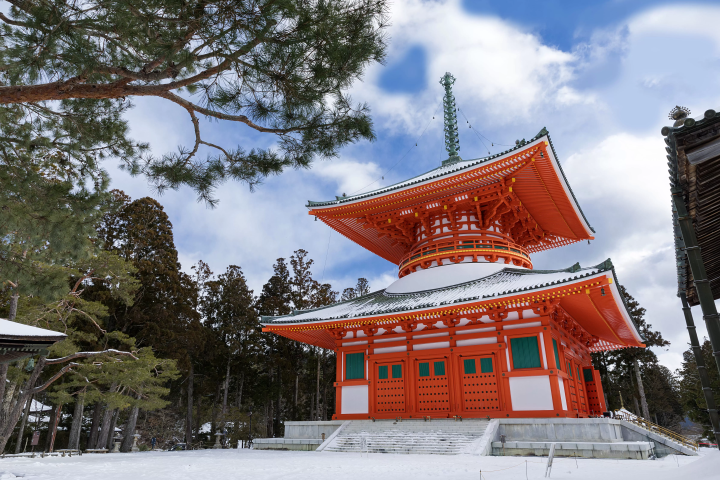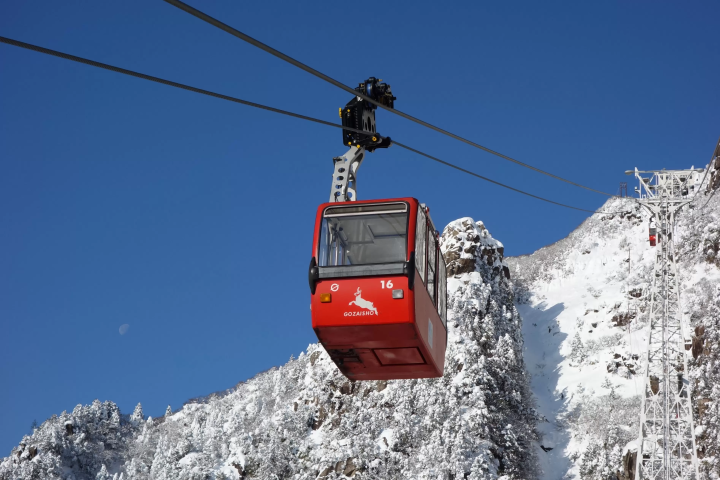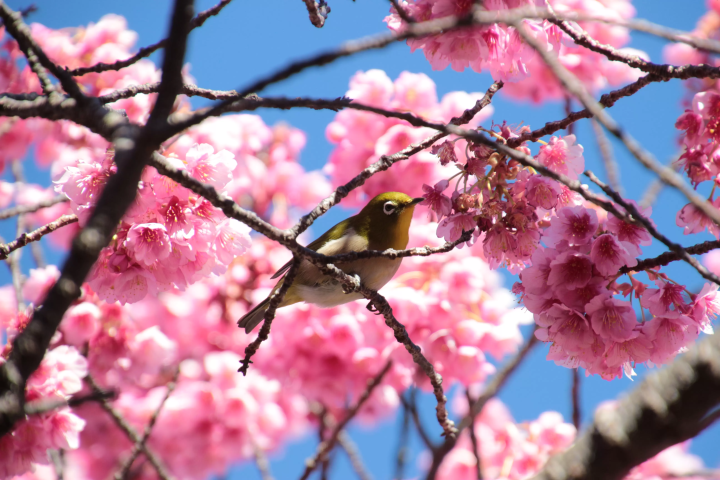[Held once every 60 years] Experience the dance drama that has been performed since the Heian period! "Dance of the Buddha of the Garden"
![[Held once every 60 years] Experience the dance drama that has been performed since the Heian period! "Dance of the Buddha of the Garden"](https://resources.matcha-jp.com/resize/720x2000/2024/10/11-202194.webp)
The Hanazono district of Katsuragi Town in Wakayama Prefecture is located southwest of Mount Koya, and the place name "Hanazono" comes from the fact that flowers were made and offered to the Buddha at Mount Koya. "Hanazono Buddha Dance" is a classical Buddhist theatrical art form that has been passed down in the Hanazono district of Katsuragi Town since the Heian period. The dance is performed every 61 years in October of a leap year according to the lunar calendar. The Buddha Dance is a masked ...
A dance that occurs once every 60 years
"Hanazono Buddha Dance" is a classical Buddhist performing art handed down at Henjoji Temple in the Hanazono district of Katsuragi Town, Wakayama Prefecture, Japan.
The dance is performed every 61 years in October of a leap year according to the lunar calendar.
This time, the dedication is scheduled to take place on November 17, 2024 at 2:00 pm.
Venue and Directions from Kasada Station
![[Held once every 60 years] Experience the dance drama that has been performed since the Heian period! "Dance of the Buddha of the Garden"](https://resources.matcha-jp.com/resize/720x2000/2024/11/13-209066.webp)
The venue for the Buddha Dance is Henshoji Temple in the Hanazono district. After getting off at JR Kasada Station, take the community bus bound for Hanazono at 12:00.
Get off in front of the Former Hanazono Health Center. (There is no stop.)
The journey takes about an hour and costs 200 yen.
How to enjoy the Buddha's Dance
The Buddha Dance is a masked drama based on the Lotus Sutra's teaching that women can attain enlightenment and become Buddhas.
The story goes that Manjusri Bodhisattva travels to the Dragon Palace in order to turn the dragon girl who lives there into a Buddha, and through repeated dialogue with the Dragon King and his five demon children, he finally allows the dragon girl to attain nirvana.

All the performers wear masks and perform dances of the Dragon King, Dragon Lady, and Demon.
Enjoy the dance of the Buddhas and their interactions with Manjusri and the Dragon Kings.
Event details
Event Information
[Name] Dance of the Buddha in the Garden
[Date and time] Sunday, November 17, 2024
Doors open: 13:00 Show starts: 14:00 Scheduled end time: 15:00
[Venue] Henshoji Temple (1567 Hanazono Yanase, Katsuragi-cho, Ito-gun, Wakayama Prefecture)
[Contents]
The Dance of Buddha is a masked drama based on the Lotus Sutra's teaching that women can also attain enlightenment and become Buddhas. All the performers wear masks and perform their own dances.
The dance performed by the Buddhas is mysterious,
A question and answer session with the holy shouts of the monks and the powerful shouts of the demons.
It's a must-see.
[Access] About 130 minutes by car from Kansai Airport (Kansai Airport Expressway, Hanwa Expressway → Wakayama JCT → Exit at Katsuragi Nishi IC on the Keinawa Expressway)
Take National Route 480, Route 370, and Prefectural Route 115 to the Hanazono area.
From Kansai Airport, take the JR Kansai Airport Line or Hanwa Line to Wakayama Station → Take the JR Wakayama Line to Kasada Station
From Osaka Station, take the JR Shin-Imamiya Station → change to the Nankai Koya Line to Hashimoto Station → change to the JR Wakayama Line to Kasada Station
From JR Kasada Station, take the community bus bound for Hanazono (departing at 12:00) for about 1 hour, then walk for about 10 minutes after getting off the bus.
[Fee] Free
[Organizer] Hanazono Local Classical Performing Arts Preservation Society
[Inquiries] Katsuragi Town Hanazono Regional Promotion Division 0737-26-0321
・Event time: 14:00-15:00
Location: Henshoji Temple (1567 Yanase Hanazono, Ito District, Wakayama Prefecture)
・Official website: https://www.katsuragi-kanko.jp
Niutsumihime-jinjya Shrine, a registered World Heritage Site, is said to have lent Mount Koya to Kobo Daishi Kukai, and has a deep connection to Mount Koya, with various historical sites remaining in the surrounding area. The area also has a rich natural environment, with plum, cherry, and peach blossoms blooming beautifully in spring, fireflies in June, fireworks in summer, and shining rice ears in autumn. In addition to Niutsumihime Shrine, you can enjoy the autumn and yellow leaves at choiishimichi and Mitanizaka, which are also registered World Heritage Sites. In late autumn, the Shigo area is popular for the production of kushigaki, a lucky charm used during the New Year, and persimmon-colored noren curtains line the eaves of farmhouses. From autumn to winter, festivals and dances are held in various places to celebrate the harvest and pray for a good harvest. Fruit cultivation is thriving, and a variety of fruits such as strawberries, peaches, grapes, and persimmons can be enjoyed all year round. Fruit picking is also popular. Fresh vegetables and fruits are sold at four roadside stations and produce shops in the town. Come and try the "Kawakami zake" made in the upper reaches of the Kinokawa River, "Kaki no Ha Sushi" made by wrapping sushi in persimmon leaves, and "Anpogaki" made by drying seedless persimmons using a unique method.
The contents on this page may partially contain automatic translation.
































![[2026] The Matsusaka Lantern Festival will be held to light up the winter night sky!](https://resources.matcha-jp.com/resize/720x2000/2026/01/05-254777.webp)
![[List of Traditional Industry Experiences] Factory tours and craftsmanship experiences in southern Osaka and Wakayama](https://resources.matcha-jp.com/resize/720x2000/2025/11/06-249221.webp)

![[Coupons available] If you want to enjoy shopping for sporting goods, head to the Alpen flagship store!](https://resources.matcha-jp.com/resize/720x2000/2026/01/16-255845.webp)